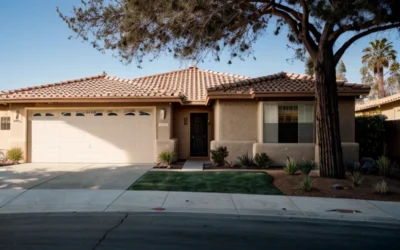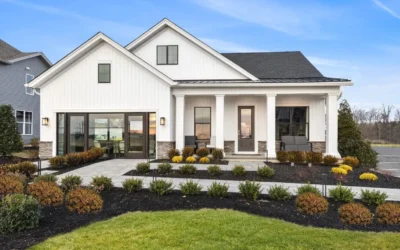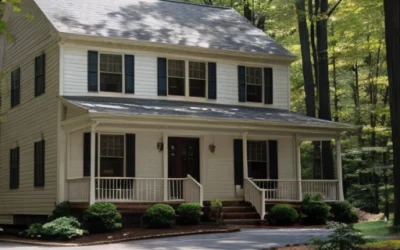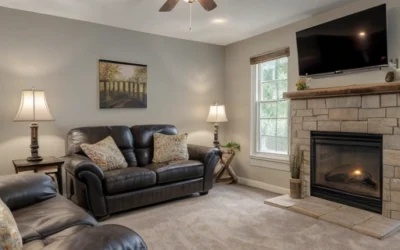Millions of Homebuyers Warned About Risky Loans
Mortgages, loans, or agreements between a buyer and a lender are the most common way people use to buy their home. However, a report from the Pew Charitable Trusts found that around one in five home borrowers or roughly 36 million Americans has used alternative financing at least once. According to the survey, one out of every 15 house borrowers, or nearly seven million adults in the United States, is currently using these risky financing choices. According to the National Association of Homebuilders (NAHB), 81 percent of homebuyers in their markets couldn’t afford half of the homes for sale at the start of 2022.
Alternative financing
Typical alternative financing arrangements include land contracts, seller-financed mortgages, lease-purchase agreements, and personal property loans. The alternative loans mentioned above are for those who may not meet the typical requirements of traditional mortgage loans. They usually come with higher interest rates, unfavorable contract terms, and a higher chance of losing home equity. Alternative financing agreements do not provide the same level of protection as regular mortgages.
|
Ohio mortgage programs may be able to save you hundreds every month. A new 2024 mortgage may be able to give relief to homeowners. Unfortunately, most Americans will not receive their mortgage benefits because they are not aware of some of these programs. You do not need to pay anything to check how much you could get.
Check Ohio Programs Here |
Tara Roche, manager of the home financing project for the Pew Charitable Trusts, told The Sun: “During the pandemic, there were protections offered to renters. For example, the moratorium on eviction and assistance offered to homeowners and help with mortgages. They were able to pause their payments and in some instances were able to receive financial assistance, but for alternative financing borrowers, many of them did not qualify for these protections.”
Land contracts, also known as “contracts for deed” or “installment sales contracts,” are those in which the seller lends credit directly to the buyer, who then pays monthly installments on the loan over time, usually for an agreed-upon amount of time. Some buyers refer to their contract payments as rent. In most states, however, unlike a mortgage, the deed does not pass to the buyer at the outset; instead, the seller retains complete legal title of the property until the final payment is made, leaving the buyer with no clear rights to the home or the equity that has accrued.
Lease-purchase agreements, also known as “rent-to-own” or “lease with option to purchase,” are those in which the seller is also the landlord, and the buyer rents the property and pays an upfront fee or down payment in exchange for the option to acquire the home within a set period of time. If the buyer chooses this option, a part of the buyer’s prior monthly payments may be applied to the purchase down payment. The seller or a financial institution then gives credit to the buyer for the balance to be paid back over time, and the deed normally transfers at the time the loan is made. If the buyer is unable or unwilling to complete the deal, the seller may be permitted to keep some or all of the buyer’s payments under the provisions of the lease-purchase agreement.
Personal property loans, also known as “home only” or “chattel” loans, are used to buy manufactured homes and are frequently issued by subsidiary lenders of manufactured home builders, although some banks, credit unions, and other lenders also offer this type of financing. They have much higher interest rates and shorter terms resulting in more expensive monthly payments and more interest paid. Personal property loans are the most common type of alternative arrangement; about 11% of home borrowers have used them to buy a home. After personal property loans, the survey found that other common types of alternative financing are lease-purchase agreements (6%), seller-financed mortgages (6%), and land contracts (5%).
Seller-financed mortgages are those where the seller also acts as the lender, directly extending credit to the buyer to purchase the home, with no third-party lender involved. The deed to the home transfers to the buyer at the start of the agreement giving the buyer full ownership rights while the loan is repaid over time.






